We went to The French Laundry last year around this time and didn’t think we would be back so soon. But when our friend Simone said she had a reservation for four to celebrate her boyfriend Seb’s birthday on December 20 and asked us to join them, the only real answer was, “Hell, yes!”
Seb and Simone (S&S) are a great couple to know because aside from being two of the most generous people we know, when it comes to food, they’re hardcore, balls-to-the-wall omnivores and cooks. This was their second trip to The French Laundry, as well, and while we both knew what to expect when we walked in the blue door, none of us had any idea how awesome this day was going to be.

The blue door beckons…
Since it was right before Christmas, the restaurant and grounds were decked out with holiday flair, including a Christmas tree in the garden with clothespin ornaments.
We were seated upstairs by a corner window with a view of The French Laundry garden across the street. This location was great because there was lots of natural light for pictures. (It’s also right by the restroom, which is helpful when you’re going to be sitting for a few hours.)
S&S and I got the Chef’s Tasting Menu and my wife opted for the Tasting of Vegetables, which isn’t vegetarian but gives prominence to vegetables. S&S both opted for the wine pairings and the truffle course, while I did a non-alcoholic pairing featuring a selection of by GuS and DRY Sodas and my wife stuck to the complimentary NORDAQ-filtered water.
I don’t want to go into every dish of this meal, but here are some of the highlights. You can also view a slideshow of the full picture set below.
The Vol au Vent de Legumes D’Automne was the second course of the Tasting of Vegetables and it was one of the most beautiful dishes of the afternoon.
Vol au Vent de Legumes D’Automne
Romaine Lettuce, Sugar Snap Peas, Fennel Bulb, Radishes and Port Wine Reduction
My third course was the Grilled Pavé of Japanese Toro, and they showed us the slab of fatty tuna they were using before they brought out the dish. It looks just like my favorite luncheon meat in a can! :)
Toro or SPAM? Either way, it’s all good.
Here’s the final plated dish:
Grilled Pavé of Japanese Toro
Satsuma Mandarins, Eggplant, Fennel, Nicoise Olives, Arugula, and Pimenton
I’m so happy that Seb & Simone ordered the truffle course because I’m wouldn’t normally break down and get the truffles. These were white truffles from Alba grated over a bowl of risotto, and as you can see, it was a generous helping. (photo by Simone)
Risotto with White Truffles from Alba
Brown Butter
In lieu of a big bowl risotto and truffles, we were presented with a White Truffle-infused Custard with Black Truffle Ragout and Chive Potato Chip, served beautifully in a hollowed at egg.
White Truffle-infused Custard
Black Truffle Ragout and Chive Potato Chip.
Coffee and Doughnuts are a French Laundry classic. This isn’t on the menu, so make sure you request this when you make your reservation or ask the server when you arrive to see if it’s available.
Coffee and Doughnuts
Cinnamon Doughnuts and Coffee Semifreddo.
After the Coffee and Doughnuts, we took a short break to visit the kitchen before the dessert courses started. When we first sat down at around 11:15am, we asked if Thomas Keller was around, and our server Mischa said she hadn’t seen him. It was around 4:30pm when we got to the kitchen, and the first thing we saw when the kitchen door swung open was Keller expediting dishes. It had been two weeks since the four of us first met Chef Keller at the Ad Hoc at Home book signing (S&S were our guests). S&S met him again the next day at Omnivore Books in San Francisco because Seb wanted to buy a signed copy of Under Pressure and get the Keller-authored pamphlet included with his new Polyscience Immersion Circulator signed by chef, too. Ahhh…stalk— I mean fanboys. :)
Reunited and it feels so good…
We reintroduced ourselves to Keller, and he said he remembered us from the book signing(s), which made three out of the four us giddy. Keller gave us a brief overview of the kitchen as Seb and I drooled over the half-size hotel pans fitted with immersion circulators and filled with butter—this is where lobsters spend their final moments.
See those pans filled with butter on the left? That’s where the best lobsters go to die.
There are many cool things in kitchen, but one of the best is the live video feed with the Per Se kitchen in NY. This allows Keller to keep an eye on things at his restaurants, and I read somewhere that a video feed from the Bouchon Beverly Hills kitchen is in the works.
The Eye of Keller is on Keller Earth
(i.e. the TFL and Per Se kitchens).
I received the daily Ad Hoc menu email during the first part of our meal, and we started joking about going there for a “dessert” of grilled short ribs. We were going there anyway because I had to pick up a couple prizes for Menu for Hope, and when I mentioned this to Keller he seemed surprised yet fascinated by this plan, but I don’t think he thought we would follow through.
We returned to our table jazzed at meeting Keller again and ready to polish off dessert so we could head down to Ad Hoc. We were celebrating both Seb and my wife’s birthdays, so their desserts got an little extra flourish. Here’s Seb’s:
Gateau Saint Nizier Au Manjari
Mango Chili Relish, Valrhona Cocoa Nibs, Lime Foam, and Coconut Milk Sorbet
And here’s my wy wife’s birthday opera cake:
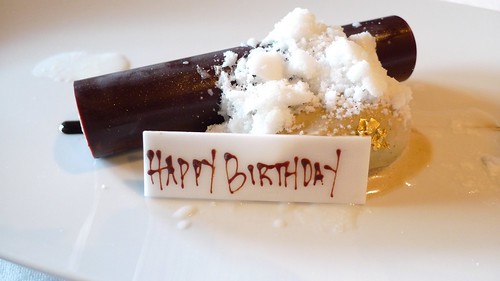 Opera Cake
Opera Cake
Praline Namelaka, Milk Granité and Coffee Ice Cream
The mignardises included a pecan pie with creme chantilly, a selection of chocolate truffles, and some amazing toasted macadamia nuts that were rolled in chocolate and caramel and dusted with confectioner’s sugar.
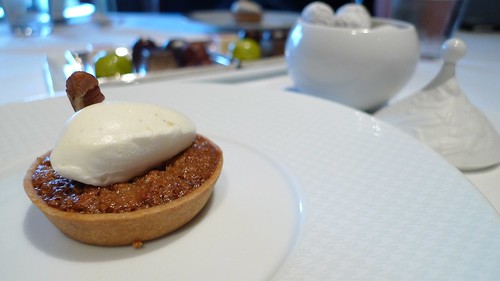 Mignardises
MignardisesAs we left the restaurant we were presented with menus signed by Keller, some French Laundry shortbread cookies, and the birthday kids got a package of French Laundry chocolate bars—think Nestle Crunch but 1000x better.
Parting gifts…
While our first trip to The French Laundry was an amazing experience, I think I got caught up in the mystique of the restaurant and was really nervous and uptight the whole time. This time I went in with a really laid-back attitude, and it made the experience a lot more enjoyable and relaxing.
The Ad Hoc Chaser
We left The French Laundry happy and sated, but we weren’t that full so we headed down to Ad Hoc. After being welcomed by Ad Hoc General Manager Nick Dedier and the rest of the Ad Hoc crew, we took our places at the bar and ordered two a la carte orders of grilled short ribs (one for each couple) and four ice cream sandwiches, you know, just to finish off the day with something sweet.
Ad Hoc’s Grilled Short Ribs
TFL garden tokyo turnips, French round carrots, red radishes, baby leeks, Colorado rose potatoes
As we were waiting for our food, Keller showed up to drop off a bottle of wine for another party that was dining there. Keller saw us sitting at the bar and said, “Oh, you’re here!” and bid us good eating. Ad Hoc Chef de Cuisine Dave Cruz came out a little later and said, “Not bad. Twice in one day.” (Simone is now convinced that Keller stalked us!)
As I was finishing some of the best short ribs I’ve ever eaten, Nick came over and said something to the effect of “I’m so proud right now.”
Ice Cream Sandwiches
Chocolate Chip Cookies and Vanilla Ice Cream
Seven hours later, we finally left Yountville a little “food drunk” but blissful and elated at how an unassuming December day unfolded into truly memorable one.
Happy New Year and all the best for 2010!
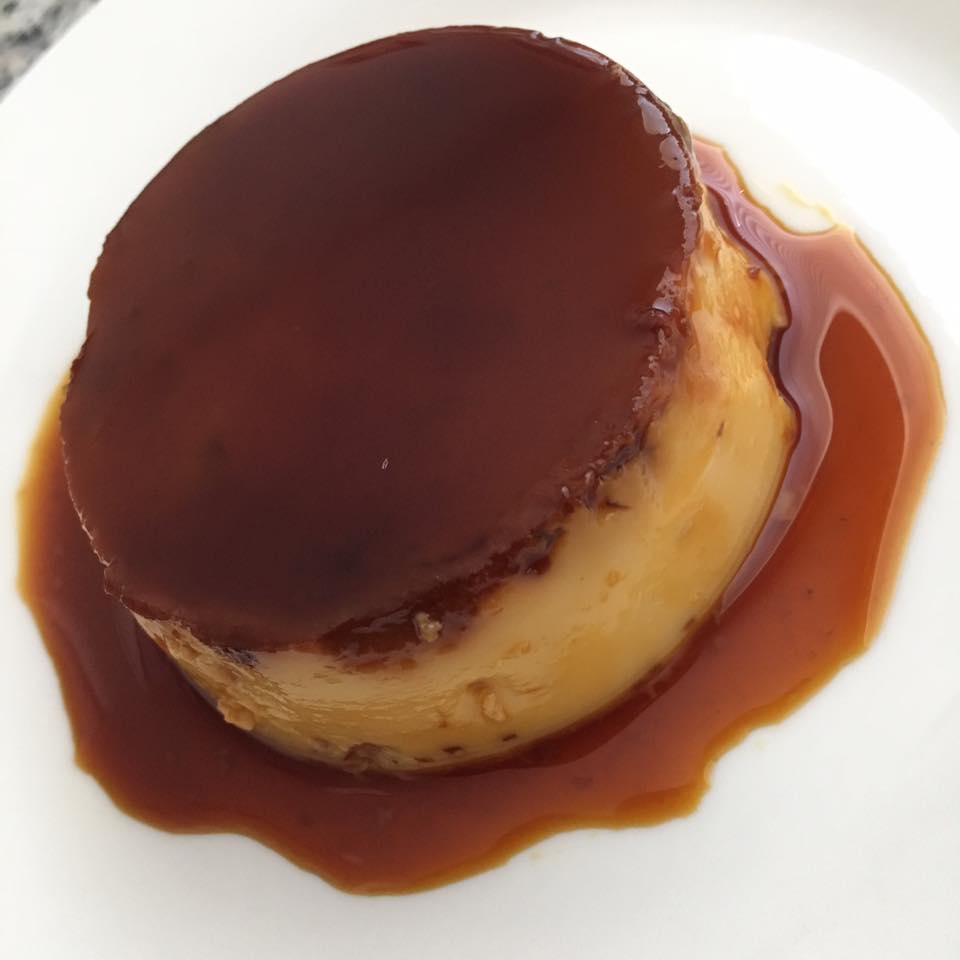

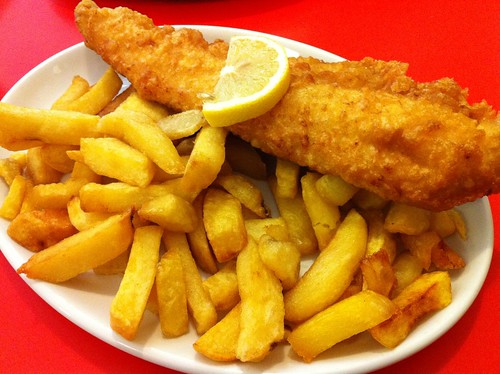


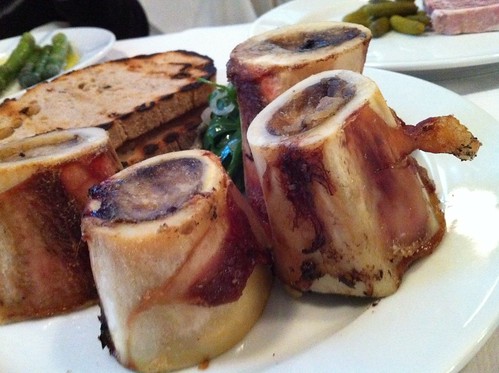
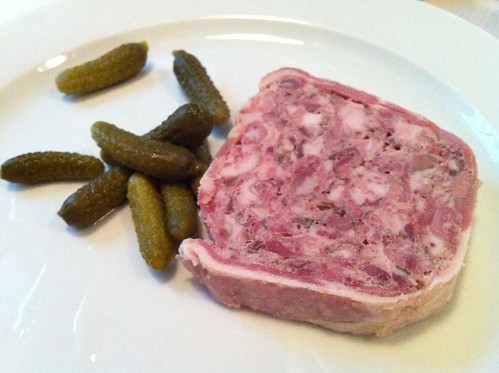
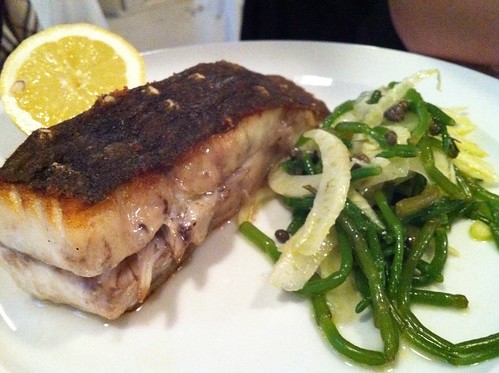
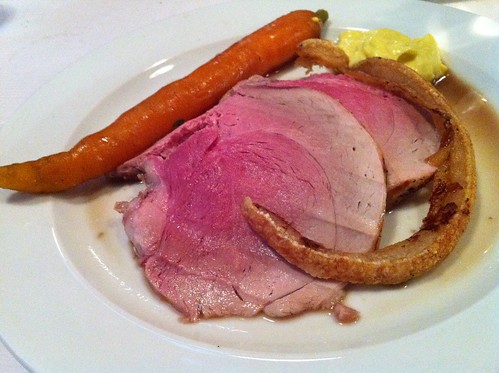
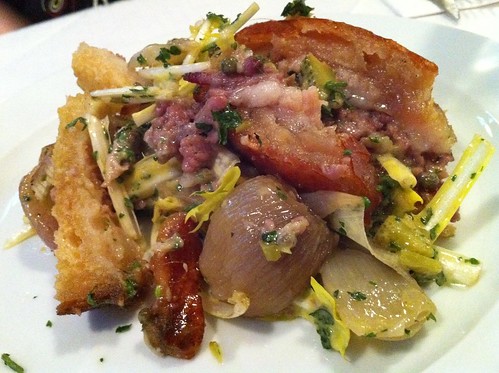
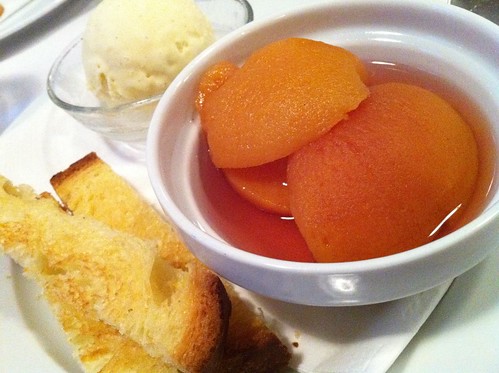
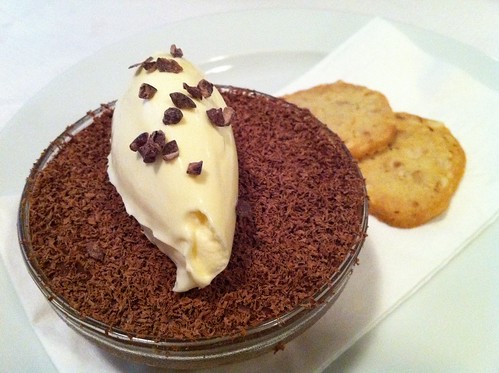

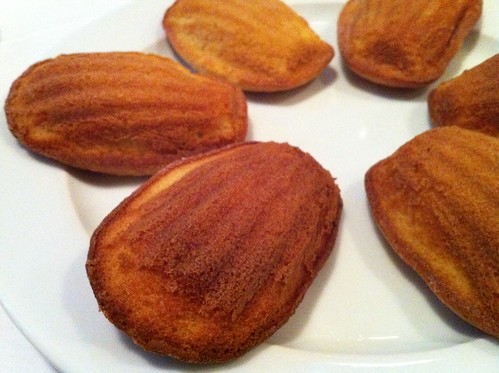 Madeleines
Madeleines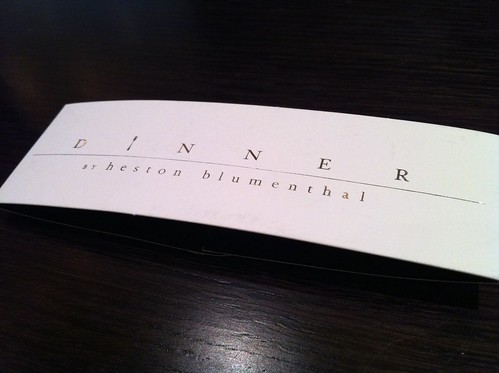
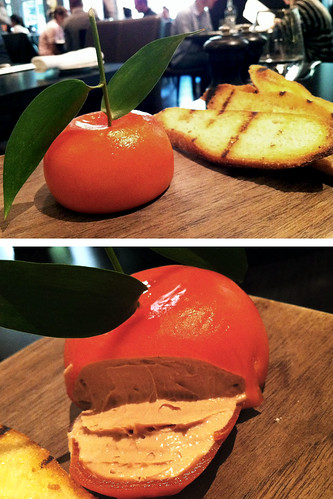
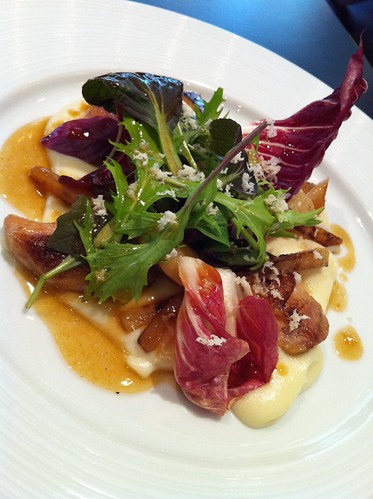
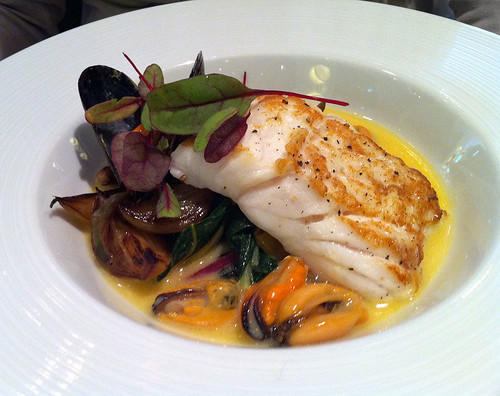
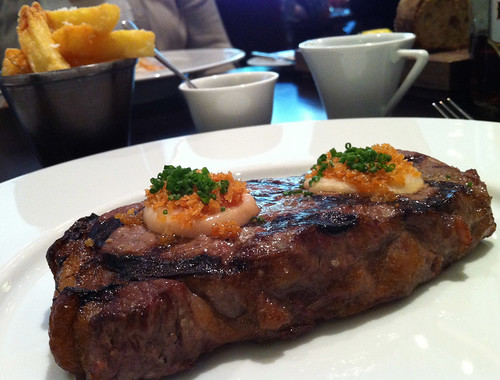
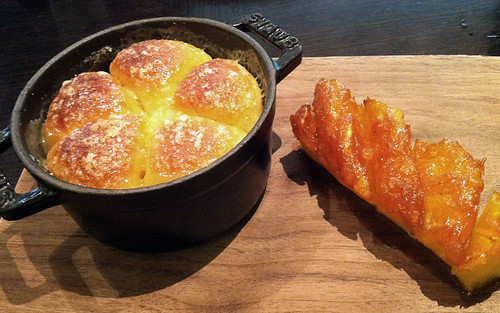
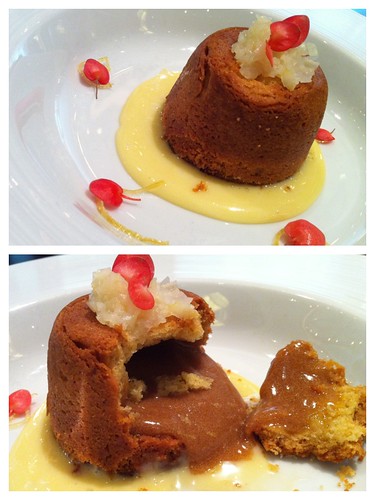

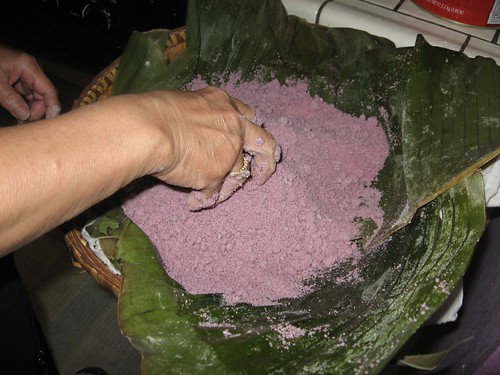
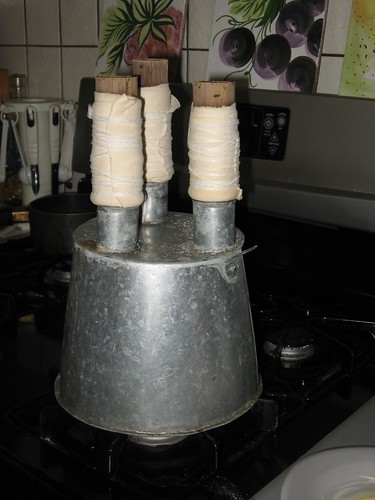
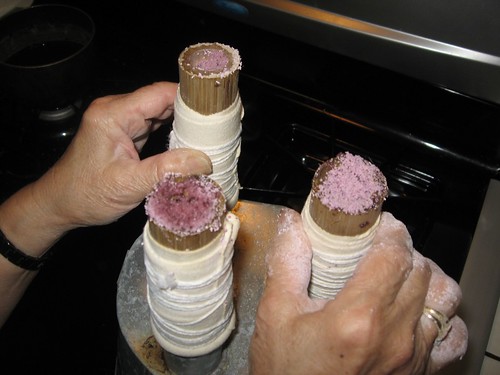
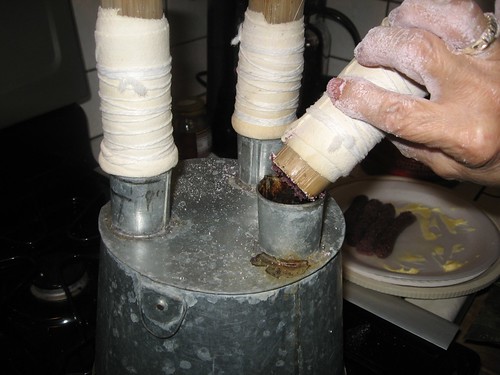




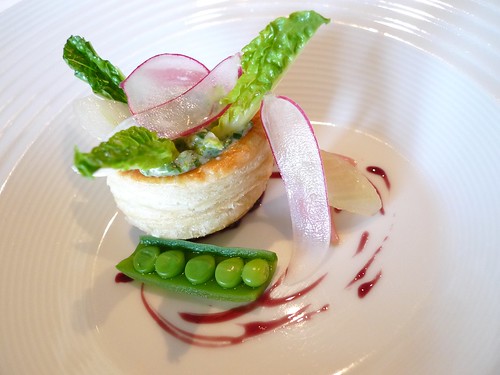
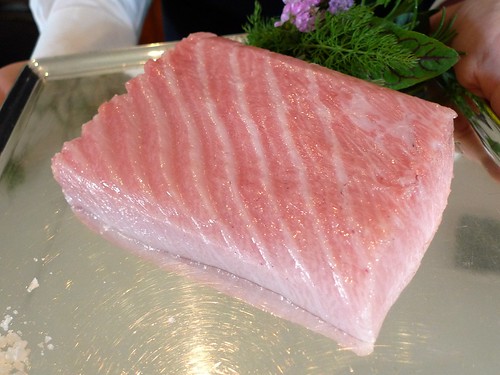
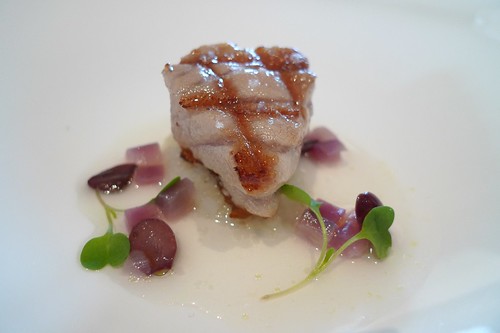
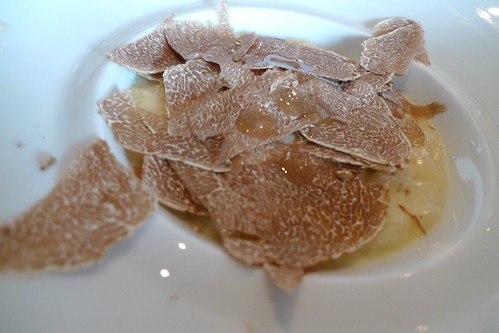
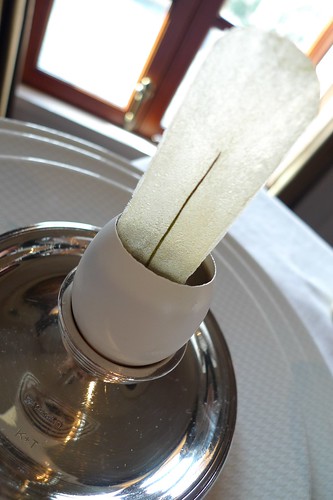

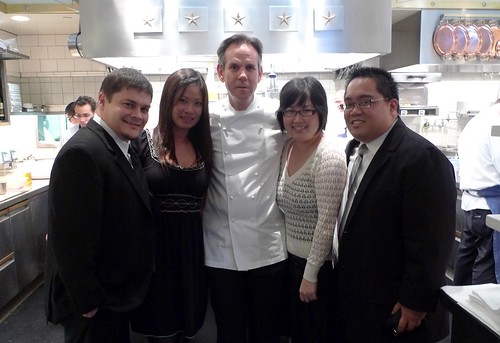
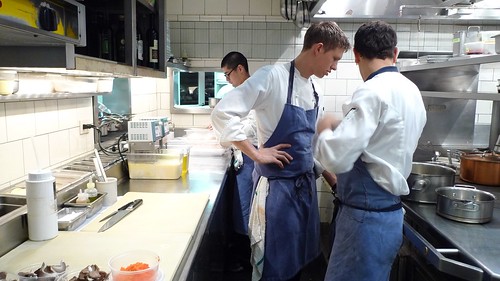
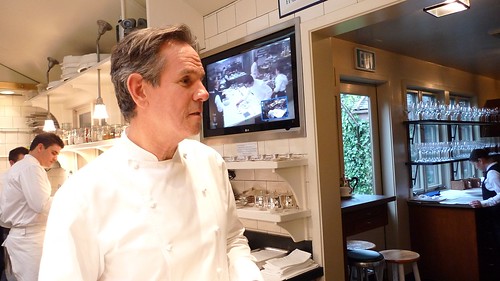


 Mignardises
Mignardises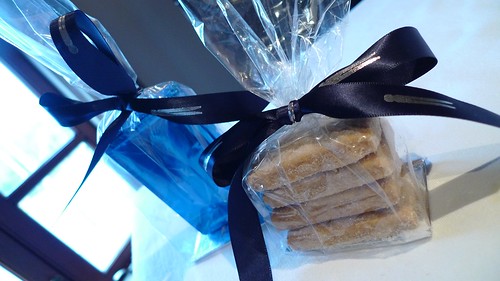
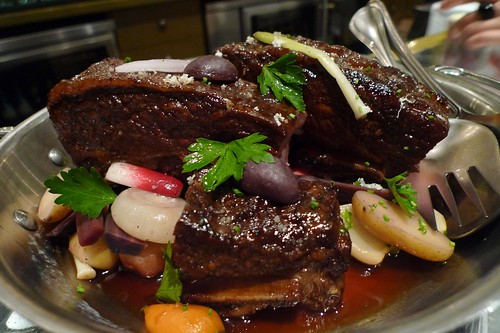

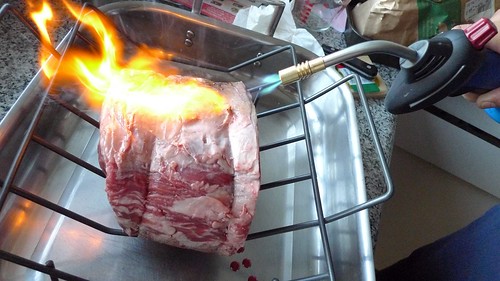 Blowtorching meat is fun!
Blowtorching meat is fun!
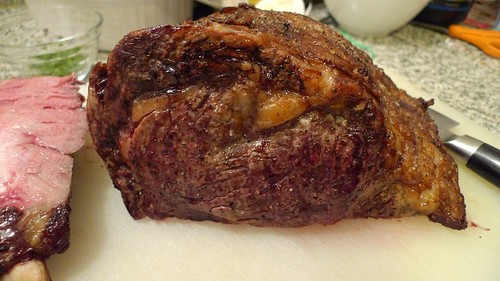

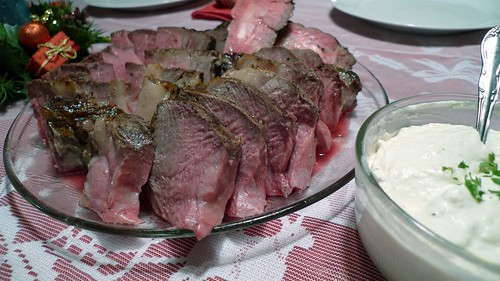 Blowtorched prime rib with horseradish cream
Blowtorched prime rib with horseradish cream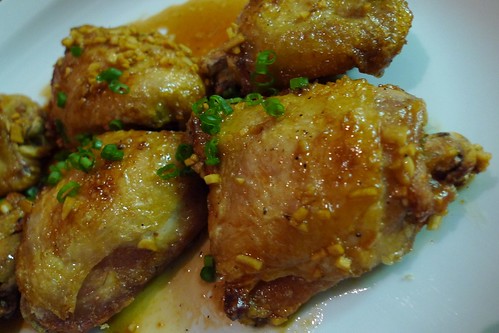
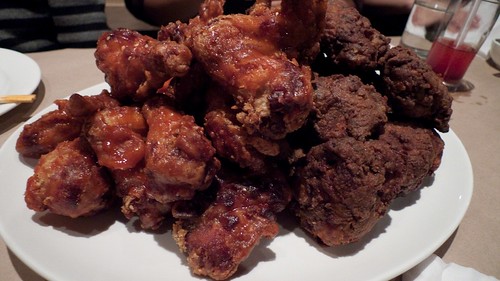 Noodle Bar’s Fried Chicken Platter
Noodle Bar’s Fried Chicken Platter
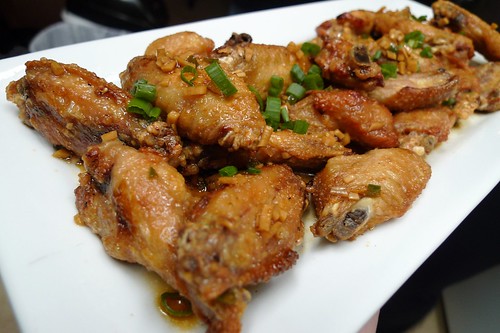 Works great on chicken wings, too!
Works great on chicken wings, too!
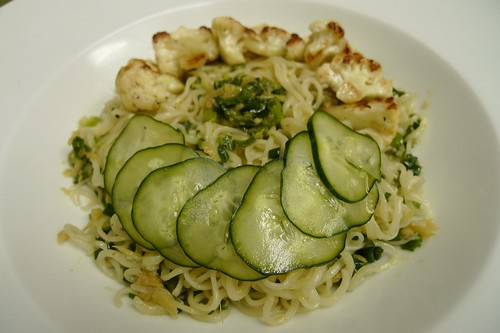 Ginger Scallion Noodles
Ginger Scallion Noodles
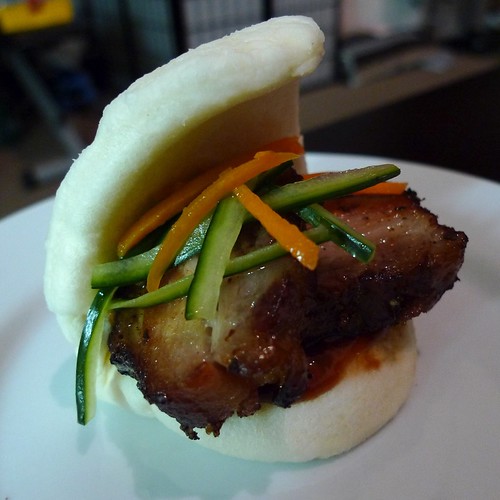
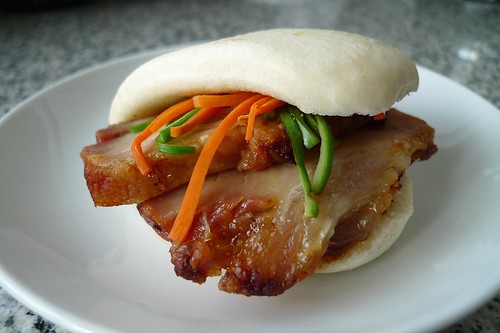
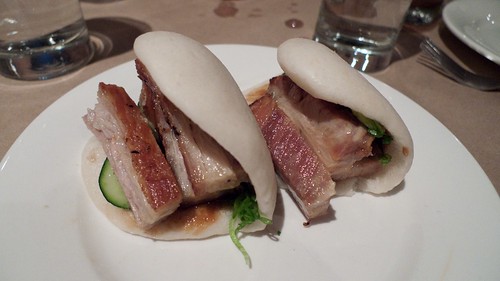
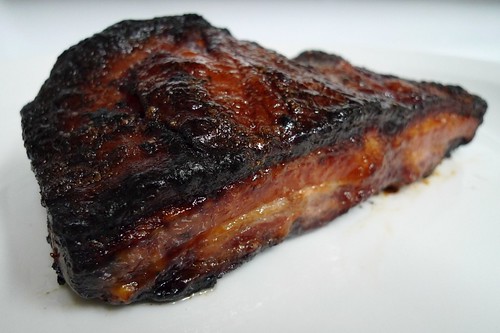 Pork belly fresh out of the oven.
Pork belly fresh out of the oven.